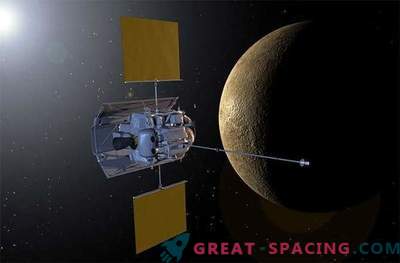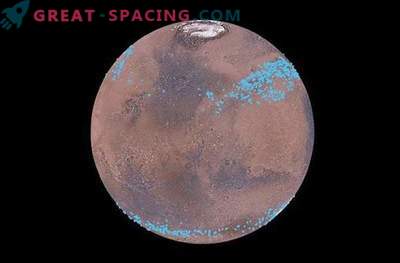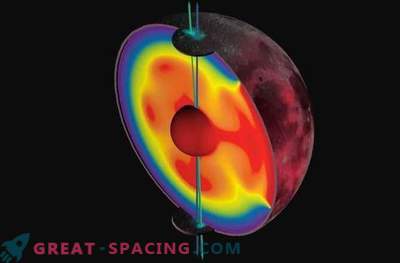
A group of scientists from the University of Maine created a simulation of the processes that led to the glaciation on the crater-covered poles of Mercury. They studied the accumulation and flow of ice on the first and smallest planet from the Sun, and also compared with those of Earth and Mars.
The results of the study complement the understanding of how the accumulations of ice on Mercury (with age of 50 million years and reaching in places up to 50 m) could change with time. Transformations in ice sheets play the role of climate indicators. Analysis of glaciers based on cold spots of Mercury, located in permanently shaded craters near the poles and visible using ground-based radar, is also part of the study of volatile deposits on the Moon.
Like the Moon, Mercury does not have an atmosphere that allows the production of snow or ice, which could constitute glaciers at the poles. A new simulation suggests that the planet’s ice has been shelved, probably due to a water-rich comet or other impact event. After that, the nailed ice remained stable at a low or zero flow rate. And this is despite the radical temperature difference between the constantly shaded locations of the glaciers on Mercury and the territories illuminated by the Sun. UMISM created by Fastook with funding from the National Science Foundation was used as one of the main scientific tools used by the University of Maine's ice cover model. Fastook used UMISM to restore the shape and contours of past and present ice sheets on Earth and Mars, the results of which were published in the 2002 and 2008s.
It is believed that the deposits on Mercury are limited in reserves and are mainly stagnant fixed sediments, which reflects the incredible efficiency of the mechanism for keeping cold on the first planet.











































